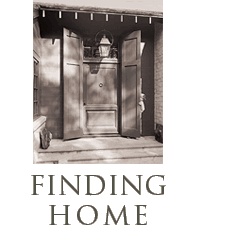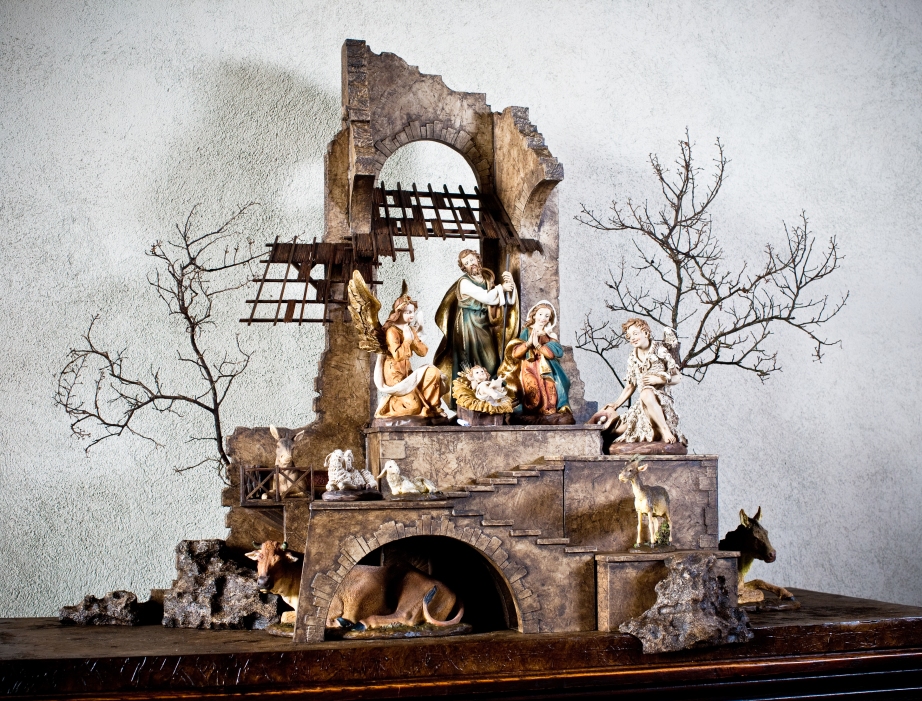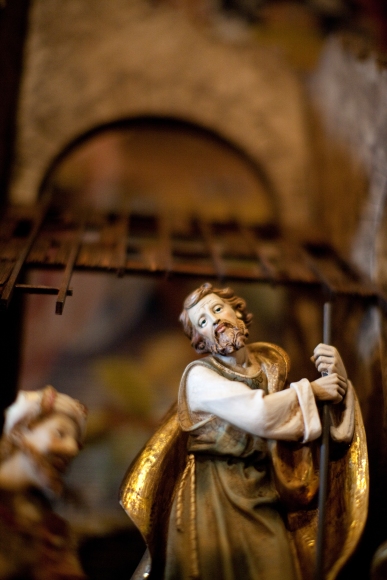The home of Greg Tankersley and Mary Robin Jurkiewicz originally published in Veranda magazine, September/October 2005.

My family and I are in the process of selling and moving out of the 1914 Beaux Arts estate we’ve called home for the past eleven years. The reasons are twofold: planning for the future and a good dose of architectural ADD (given our history, our attention span is apparently a decade). My wife, who is also an architect and an avid amateur gardener, has been riding the emotional roller coaster of leaving a well worn and beloved nest. In addition to her many talents, she is also a poet. The following is a mourning soul bared, easily identified by anyone who’s suffered a haven loss:
Letting the House go
I’ve cultivated the ground
(I’m still cultivating the ground)
Inspired, by the selling process, to do more:
To cultivate me.
Historical, architectural gem,
Not without shortcomings,
But who isn’t?
It’s time to address mine now.
I’ve sold it in my mind
A hundred times;
Snatched it back just as many,
Ambivalence reigning supreme.
How can I let it go?
In all its compelling beauty,
Further coalesced by compliments
From friends and strangers alike.
But, it’s time to cultivate me.
Big gorgeous home, shared lovingly
With all who’ve entered in…
Been there, done that, check.
And check well done:
Excellent stewards of history we’ve been
Preserving for the next one.
Giving a garden, too, but that’s heartache dealt with another day.
As negotiations slink seriously nigh,
I know I’m ready.
“God Bless This House”
And God bless me.
Mary Robin Jurkiewicz








All photos by Mick Hales
All Content on this Site is the Property of McAlpine Tankersley Architecture. Copyright © 2012 McAlpine Tankersley Architecture, All Rights Reserved Worldwide






















